Wallis and Futuna travel tips
Wallis and Futuna travel tips: French territories in the South Pacific, feature Polynesian culture, stunning landscapes, and unique traditions amidst coral reefs.
Kingdoms 🌎
Wallis and Futuna travel tips. Here is a list of all the kingdoms of the Wallis and Futuna.
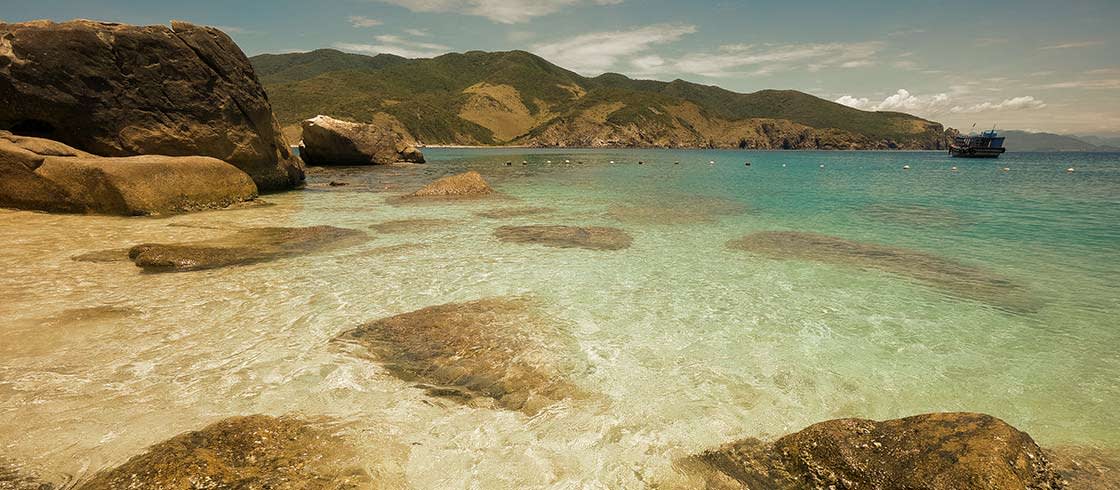
Kingdom of Uvea (Wallis)
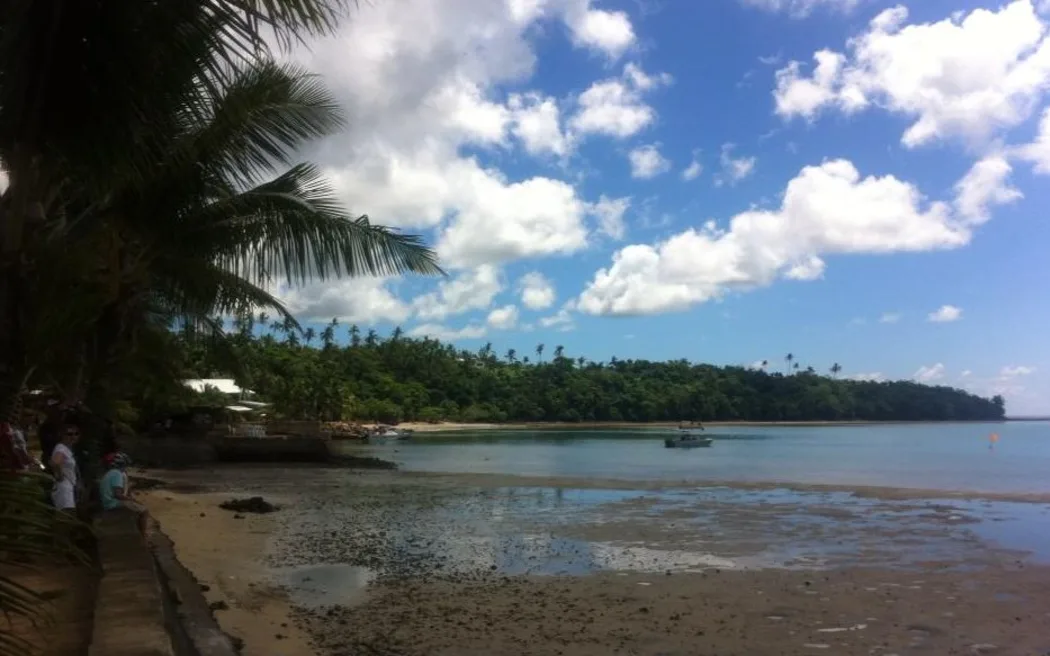
Kingdom of Alo (Sigave)
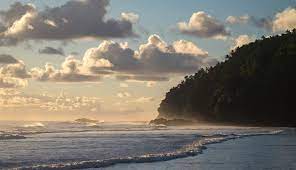
Kingdom of Sigave
Before you go 🛩
Important information you should know before your trip
Info
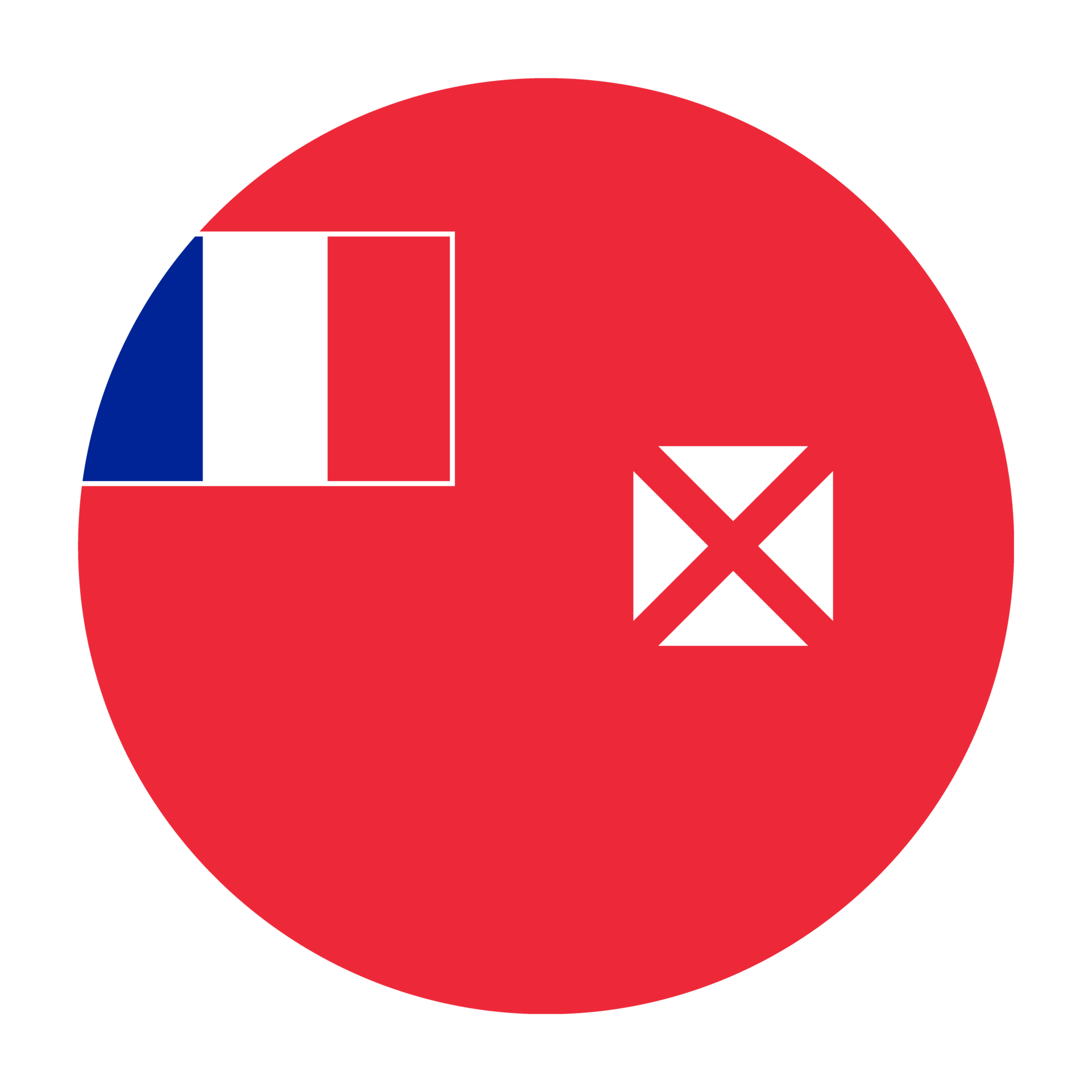
Capital | Mata Utu
Flag Codes:
ISO alpha-2 WF,
ISO alpha-3 WLF
Currency
Badge | CFP franc
CODE | XPF
NUMBER | 953
SYMBOL | Fr
FRACTION | penny
Mobile Coverage
Dialing Code | +681
SIM Card
Coverage | 3G / 4G / 5G |
Mobile Networks |
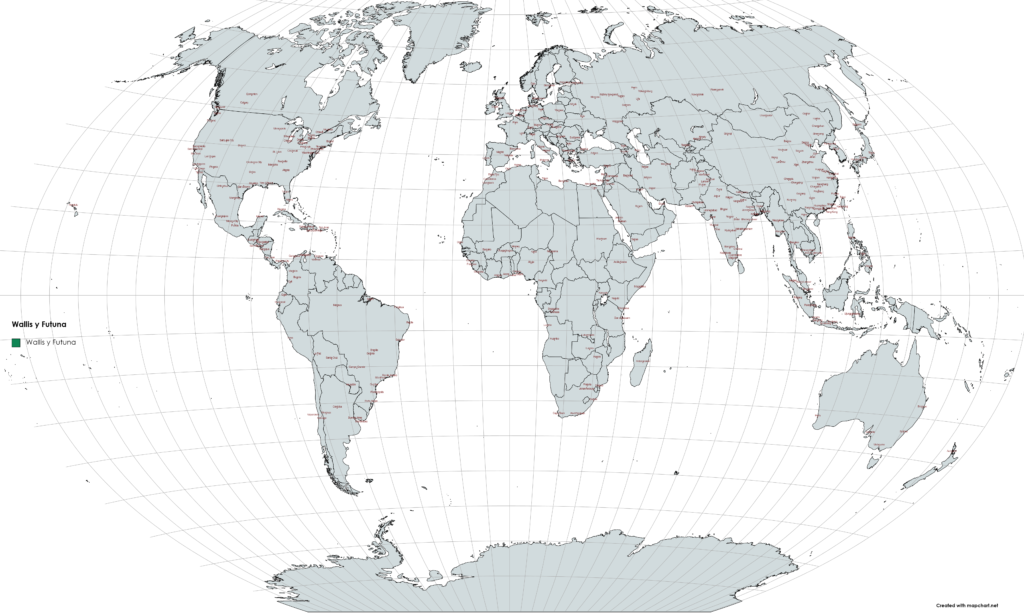
Location
Wallis and Futuna is a French overseas collectivity located in the South Pacific Ocean. It is situated between Fiji and Samoa, approximately 2,300 kilometers northeast of New Caledonia. The territory consists of three main volcanic islands: Wallis, Futuna, and Alofi, along with several smaller islets. The capital of Wallis and Futuna is Mata-Utu, which is located on the island of Wallis.
Currency
The currency of Wallis and Futuna is the CFP franc (XPF).
The CFP franc is the official currency of several French overseas territories, including Wallis and Futuna, French Polynesia, and New Caledonia.
It is issued by the Institut d’émission d’Outre-Mer (IEOM) and has a fixed exchange rate with the euro.
While the CFP franc is the official currency, it’s important to note that Wallis and Futuna is a small and remote territory, and access to banking and currency exchange services may be limited.
It’s advisable to carry sufficient cash in local currency or have alternative means of payment, such as credit cards, that are widely accepted.
Currency exchange services may be available at some local banks or post offices in Wallis and Futuna.
It’s recommended to check with local authorities or inquire at your accommodations for information on where to exchange currency.
Languages
The official languages of Wallis and Futuna are French and Wallisian (also known as Uvean). French serves as the administrative and educational language, while Wallisian is widely spoken by the local population. Additionally, the Polynesian language of Futunan is spoken on the island of Futuna. English is not widely spoken or understood in Wallis and Futuna, so it is helpful to have some knowledge of French or Wallisian to communicate with the locals.
Climate 🌡
The climate of Wallis and Futuna is classified as tropical maritime. It is characterized by warm temperatures throughout the year and high humidity. The islands experience two distinct seasons: a wet season and a dry season.
The wet season typically runs from November to April and is characterized by frequent rainfall, high humidity, and the possibility of tropical cyclones. During this period, temperatures range from 25 to 30 degrees Celsius (77 to 86 degrees Fahrenheit).
The dry season, which lasts from May to October, is characterized by lower rainfall and slightly cooler temperatures. The average temperature during this period ranges from 20 to 25 degrees Celsius (68 to 77 degrees Fahrenheit).
The best time to visit Wallis and Futuna is during the dry season, from May to October, when the weather is generally more pleasant and rainfall is less frequent. However, it’s important to note that tropical storms and cyclones can still occur, especially towards the beginning and end of the wet season. It’s advisable to check weather forecasts and travel advisories before planning a trip to Wallis and Futuna.
Wallis and Futuna travel tips
If you’re planning a trip to Wallis and Futuna, here are some travel tips to enhance your experience:
French Influence:
Wallis and Futuna are French territories; familiarity with basic French phrases can enhance your experience.
Remote Paradise:
Embrace the tranquil and remote nature of the islands; prepare for limited tourist infrastructure
Traditional Culture:
Immerse in local customs, traditional dance, and the unique Wallisian and Futunan way of life.
Lagoon Adventures:
Discover pristine lagoons; consider snorkeling, diving, or taking a boat tour to explore the vibrant marine life.
Transportation:
Public transportation is limited; consider renting a car or using local buses for island exploration. View Guide.
Nature Reserves:
Explore lush landscapes and nature reserves; respect the environment and follow designated trails.
Respect Traditions:
Show respect for local customs, ask for permission before taking photos, and dress modestly, especially in villages.
Enjoy your time in Wallis and Futuna!

The best of the best
The cuisine of Wallis and Futuna is influenced by Polynesian and French culinary traditions.
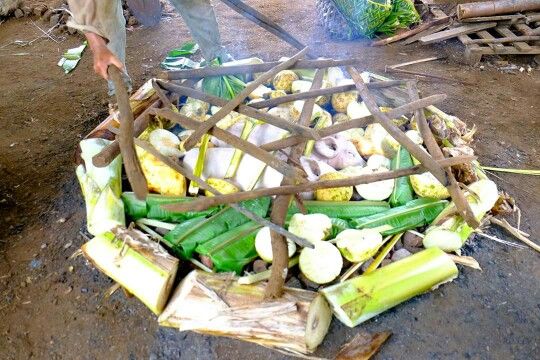
Umu
Umu is a traditional Polynesian cooking method where food is cooked in an underground oven.
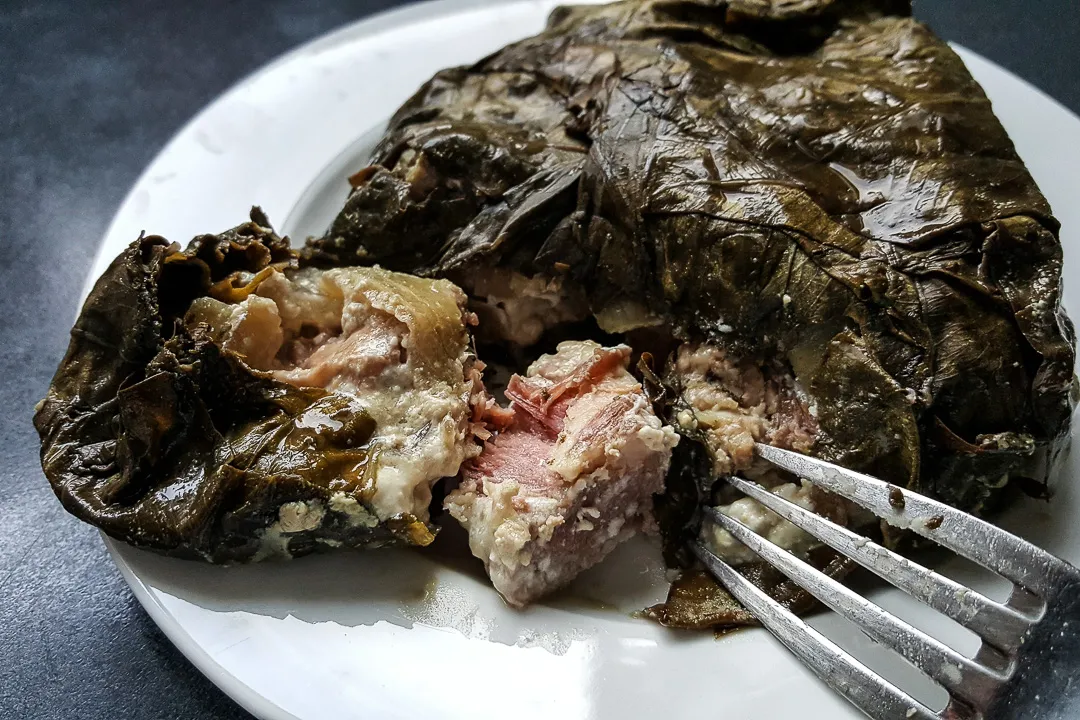
Palusami
Palusami is a popular dish made with taro leaves, coconut cream, onions, and meat such as pork or chicken.
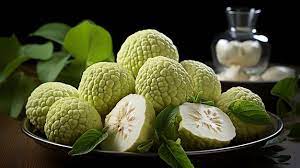
Fruit
The islands are also known for their tropical fruits, including bananas, papayas, mangoes, and coconuts.
Here are some typical foods you might find in Wallis and Futuna:
Lapalapa: Lapalapa is a traditional dish made with fish, coconut milk, and various vegetables. The fish is usually marinated in lemon juice and cooked with taro leaves, breadfruit, and other vegetables.
Po’e: Po’e is a traditional Polynesian dessert made with mashed bananas or plantains, coconut milk, and sugar. It is often steamed or baked and served with a coconut cream sauce.
Seafood: Given the islands’ location in the Pacific Ocean, seafood plays a significant role in the local cuisine. Fresh fish, lobsters, crabs, and other seafood are commonly enjoyed in various preparations.
Taro: Taro is a staple crop in Wallis and Futuna, and it is used in many traditional dishes. It can be boiled, mashed, or made into flour for baking.
French influences: Due to the French influence, you may also find some French-inspired dishes in Wallis and Futuna, such as baguettes, croissants, and French pastries.
These are just a few examples of the typical foods you might find in Wallis and Futuna. The local cuisine is diverse and reflects the cultural heritage of the islands.
Transportation 🚥
More information about this country
Choose your destination 📍🗺
Useful Links ✅



